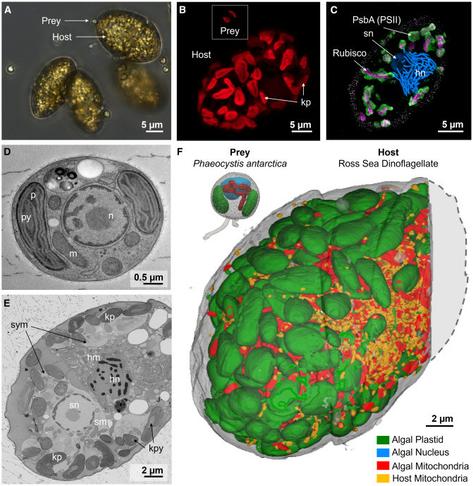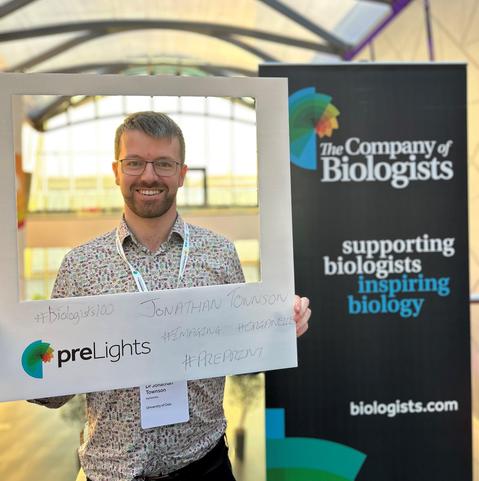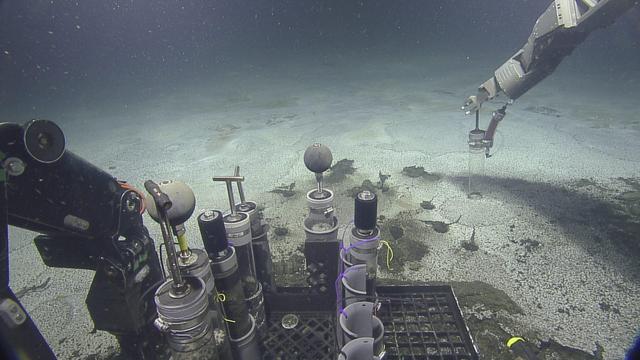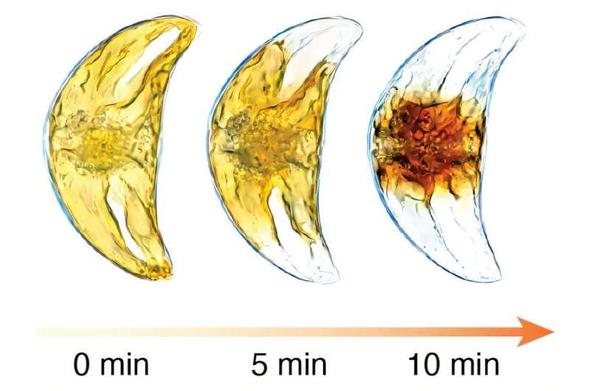New #ISEPpapers! Hijacking and integration of algal #plastids and #mitochondria in a polar planktonic host: Ananya Kedige Rao et al. https://www.cell.com/current-biology/fulltext/S0960-9822(25)00392-6
"Hosts steal active plastids, mitochondria, and nuclei from the microalga #Phaeocystis... Stolen plastids increase in volume, and their photosynthetic activity is boosted... Stolen mitochondria transform into a network in close association with plastids"




